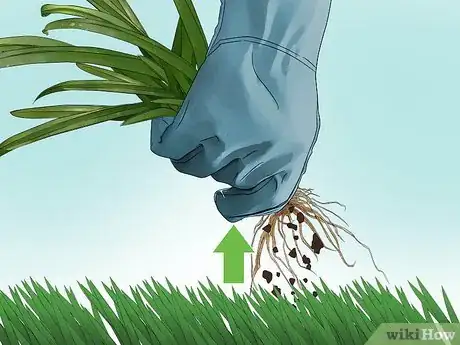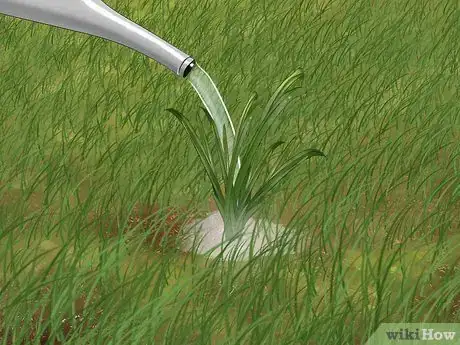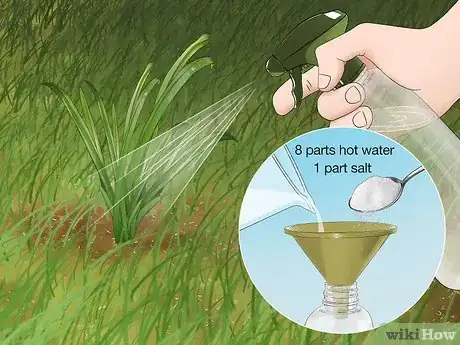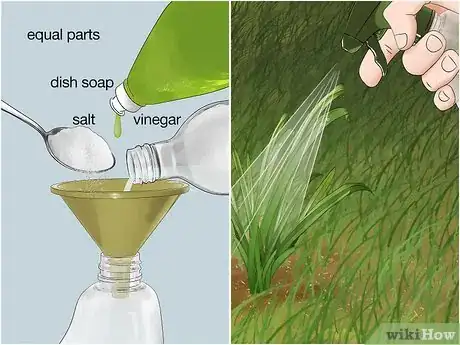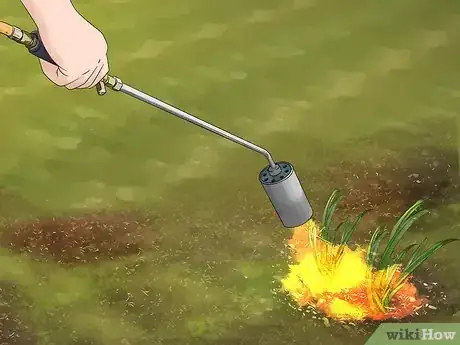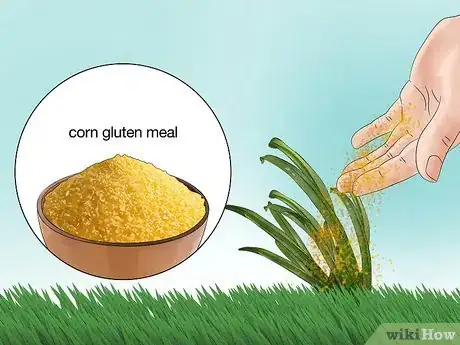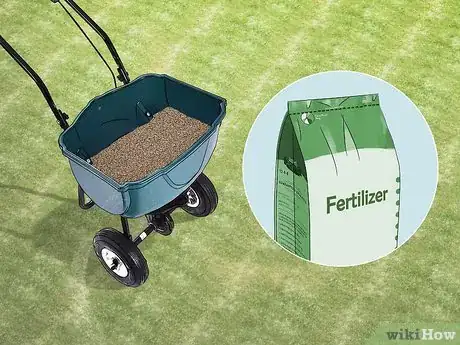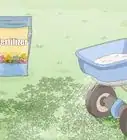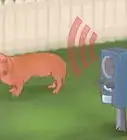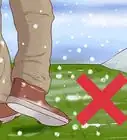This article was co-authored by Ben Barkan. Ben Barkan is a Garden and Landscape Designer and the Owner and Founder of HomeHarvest LLC, an edible landscapes and construction business based in Boston, Massachusetts. Ben has over 12 years of experience working with organic gardening and specializes in designing and building beautiful landscapes with custom construction and creative plant integration. He is a Certified Permaculture Designer, is licensed Construction Supervisor in Massachusetts, and is a Licensed Home Improvement Contractor. He holds an associates degree in Sustainable Agriculture from the University of Massachusetts Amherst.
This article has been viewed 24,332 times.
Ah, another beautiful day to spend out in your yard—but wait, what’s this? Not weeds in your grass! You may be wondering how you can get rid of those pesky weeds without damaging the grass that you work so hard to maintain. Fortunately, there are plenty of simple ways you can do it.
Here are 9 effective ways to get rid of weeds without killing your grass in the process.
Steps
Pull them out by the root.
-
Remove small patches by hand for the simplest option. If you have a small lawn or just a few weeds here and there, put on a pair of garden gloves, grasp the base of the weed, and pull the entire plant, including the roots, out of the soil so it doesn’t grow back. If the soil is really tough around the weeds, use a gardening claw or hand trowel to break up the soil and loosen the weeds.[1] X Research source
- The surrounding grass will grow and fill in the space left behind by the weed.
- Use a hand weeder tool if lots of bending and pulling puts too much stress on your body.
Pour boiling water directly onto weeds.
-
This is a great option for small patches, but avoid the surrounding grass. Fill a kettle or pot with water and bring it to a boil on your stovetop. Carefully pour the boiling hot water directly onto the weeds you want to kill. Make sure you don’t pour the water onto your grass so you don’t damage it. Once the weed dies, it’ll decompose and your grass will grow over it.[2] X Research source
- Don’t pour so much water that it pools on the ground. Apply just enough to coat the base of the plant to kill the stem and roots.
Spray a salt solution onto the weed leaves.
-
Douse the plant and avoid the surrounding grass. Sodium chloride, a.k.a. table salt, is an effective natural herbicide that will dry out and kill the weed. Dissolve 1 part salt in 8 parts hot water and add a drop of dish soap to help the solution stick to the weeds. Add the mixture to a spray bottle and spray it directly onto the leaves of the weeds.[3] X Research source
- For instance, you can mix together 1 cup (273 g) of salt with 8 cups (1.9 L) of water to make an effective solution.
- To make an even stronger solution, use a ratio of 1 part salt to 3 parts water. For example, you could mix together 1 cup (273 g) of salt with 3 cups (710 mL) of water.
- It may take a few applications to fully kill the weed, but it’s an effective way to avoid hurting your grass.
Make an herbicidal soap mixture.
-
Apply it directly to weeds but avoid surrounding grass. If you need an even stronger DIY weed killer that won’t harm your grass, combine equal parts white vinegar, salt, and dish soap. Put the mixture in a spray bottle and spray it directly onto the weeds you want to kill.[4] X Research source
- For example, you can combine 1 cup (273 g) of salt with 1 cup (0.24 L) of white vinegar and 1 cup (0.24 L) of dish soap.
Target the weeds with a gas-powered flamer.
-
Heat the weeds to kill them without affecting the surrounding grass. A flamer is a specialized gardening tool that heats weeds to the point that their cell walls burst. Simply pass the end of the flamer directly over the weeds you want to get rid of and avoid the surrounding grass. Tougher weeds may regrow, but with a few treatments with the flamer, they’ll die off eventually.[5] X Research source
- The weeds won’t actually look blackened or charred, but their cells will be damaged by the flamer and they’ll die within a few hours.
- You can find flamers at your local garden supply store.
Use a chemical herbicide as a last resort.
-
Choose an herbicide that’s safe for your grass. If you know the type of grass you have, choose an herbicide that’s labeled safe for it and is effective for the weeds you’re trying to take out. Mix the herbicide according to the directions on the packaging and apply it with a sprayer or watering can to kill the weeds in your grass.[6] X Research source
- If you have existing weeds that are actively growing, go with a postemergence herbicide. Choose a preemergence herbicide to kill germinating seeds before they break through your soil.
- Even chemical herbicides formulated to be safe for grass can potentially harm it. If you’re completely overrun with weeds, though, it may be the best solution.
Sprinkle corn gluten meal over your grass.
-
It can help prevent weed seeds from germinating. Corn gluten meal is a byproduct of the corn milling process and looks like a yellowish powder. It won’t harm your grass and it’s not toxic to animals, but it can help prevent weeds from sprouting. Sprinkle a layer of the corn gluten meal over your grass.[7] X Research source
- Look for corn gluten meal at your local garden center. You can also order it online.
Aerate your soil once a year to help prevent weeds.
-
Eliminate soil compaction that can encourage weed growth. Aerating involves using a manual or gas-powered aerator to punch holes in your soil, which allows air, water, and nutrients to penetrate more easily. Weeds love tough, compacted soil, so by aerating the soil beneath your grass, you can reduce your weed population.[8] X Research source
- Health grass means a healthy grass root system, which can help compete with and prevent weed growth.
- You can find aerators at your local garden supply store.
Fertilize your grass annually.
-
Give it the nutrients it needs to choke out weeds. It may seem like spreading nutrients could feed weeds and make your problem worse, but that’s not the case. Your grass loses nutrients over time, which weakens it and makes it easier for weeds to take over. Keep your grass healthy and strong by spreading fertilizer over your lawn once a year in early spring.[9] X Research source
- The healthier your grass, the better it’s able to compete with weeds that try to grow in the soil, which can help prevent and reduce weed growth.
- You only really want to apply fertilizer in the spring or in the summer. If you apply too much fertilizer in the fall, that can harm plants, because it encourages the production of leaves and doesn't prepare them for winter.
Warnings
- Follow the directions and use caution when operating a flamer to avoid potential burns or accidental fires.⧼thumbs_response⧽
You Might Also Like
 9 Effective Ways to Get Rid of Stickers in Your Yard
9 Effective Ways to Get Rid of Stickers in Your Yard
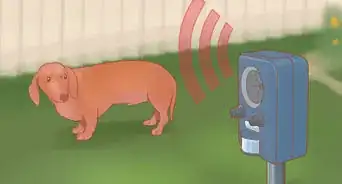
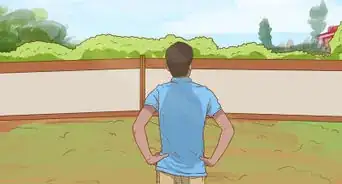
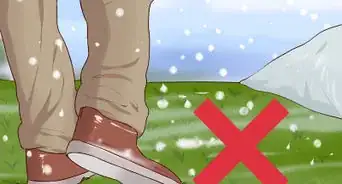
 How to Diagnose Animal Holes in Your Yard
How to Diagnose Animal Holes in Your Yard


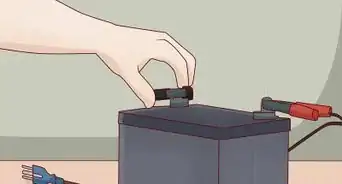
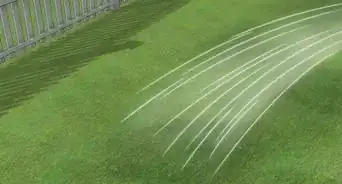
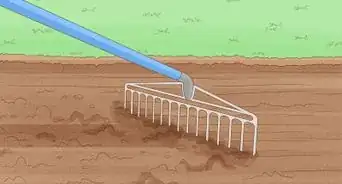
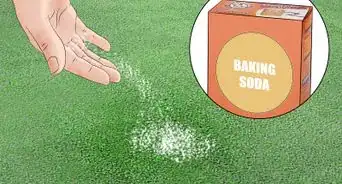
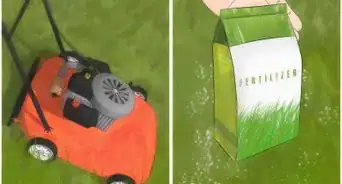
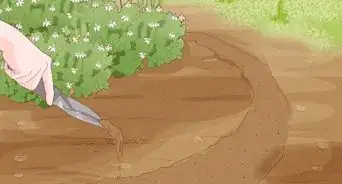
References
- ↑ https://www.bobvila.com/slideshow/9-natural-ways-to-kill-weeds-45747
- ↑ https://www.ecowatch.com/12-ways-to-get-rid-of-weeds-without-using-roundup-1891166153.html
- ↑ https://www.treehugger.com/homemade-herbicide-kill-weeds-without-killing-earth-4858812
- ↑ https://www.bobvila.com/slideshow/9-natural-ways-to-kill-weeds-45747
- ↑ https://www.thisoldhouse.com/landscaping/21017808/how-to-get-rid-of-weeds
- ↑ https://www.thisoldhouse.com/landscaping/21017808/how-to-get-rid-of-weeds
- ↑ https://www.ecowatch.com/12-ways-to-get-rid-of-weeds-without-using-roundup-1891166153.html
- ↑ https://www.bobvila.com/articles/when-to-aerate-the-lawn/
- ↑ https://www.gardenseeker.com/lawn-care/weeds/thistles/
About This Article

